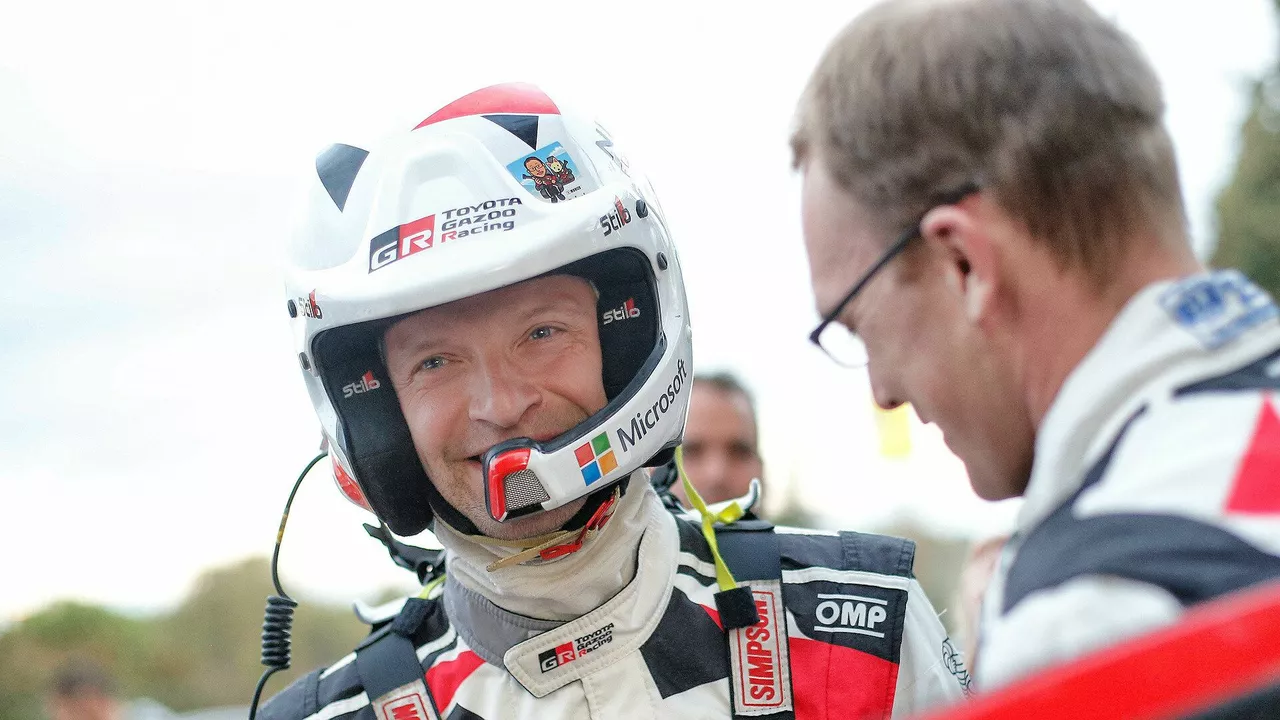What does a co-pilot do in a rally?
 May, 5 2023
May, 5 2023
The Vital Role of a Co-Pilot in Rally Racing
Rally racing is an exciting and adrenaline-pumping motorsport that requires a unique combination of skill, teamwork, and concentration. In this high-speed, off-road racing environment, the co-pilot, often referred to as the navigator, plays a crucial role in ensuring the success of the team. In this article, we'll explore the various responsibilities and tasks that a co-pilot takes on during a rally race.
Understanding and Interpreting Pace Notes
One of the primary duties of a co-pilot in a rally race is to understand and interpret pace notes. Pace notes are a detailed description of the route, including information about turns, jumps, hazards, and other important factors that the driver needs to be aware of. The co-pilot must have an excellent memory and be able to process this information quickly, accurately relaying it to the driver to ensure that they can anticipate upcoming obstacles and make the necessary adjustments to their driving.
During reconnaissance runs, the co-pilot will work closely with the driver to create their own set of pace notes that are customized to their driving style and preferences. It's essential that the co-pilot has a deep understanding of the driver's needs and can communicate effectively so that the driver can focus on the road and react appropriately to the instructions given.
Managing Time and Schedules
Rally races are not only about speed, but also about precision and timing. Co-pilots are responsible for managing the team's time and ensuring that they adhere to strict schedules throughout the event. This includes monitoring the time spent on each stage, calculating the time needed for service breaks, and keeping track of the overall race progress.
Co-pilots must also be aware of any penalties incurred during the race, such as time penalties for arriving late at a control point or other infractions. They need to account for these penalties when calculating overall race time and strategizing for the remaining stages of the event.
Navigating the Route
While the driver focuses on maneuvering the car at high speeds, the co-pilot is responsible for navigating the route and ensuring that the team stays on course. This involves reading maps and understanding the terrain, as well as being able to make quick decisions in the event of an unexpected change in the route or a navigational error.
Besides following the pace notes, the co-pilot must also be prepared to provide additional guidance to the driver, such as advising on the best line to take through a corner or warning of potential hazards that may not be included in the pace notes. Their ability to think on their feet and react quickly can make a significant difference in the team's overall performance.
Monitoring Vehicle Performance and Relaying Information
In addition to their navigational duties, the co-pilot must also keep a close eye on the car's performance during the race. This includes monitoring vital information such as fuel levels, tire pressure, and engine temperature, as well as checking for any warning signs of potential mechanical issues.
When problems arise, the co-pilot must communicate this information to the driver and help to assess the severity of the issue. They may need to make quick decisions about whether to stop and address the problem immediately or push on to the next service point. The co-pilot's ability to accurately assess the situation and provide valuable input can be crucial to the team's success.
Providing Moral Support and Encouragement
Last but not least, the co-pilot plays a vital role in providing moral support and encouragement to the driver during the race. Rally racing can be physically and mentally demanding, and the driver may experience moments of fatigue, stress, or doubt. The co-pilot must maintain a positive attitude and help to keep the driver motivated and focused on the task at hand.
Additionally, the bond between the driver and co-pilot is of utmost importance, as their ability to work together seamlessly and trust each other's instincts can make or break a race. A strong partnership between the driver and co-pilot is often the key to success in the high-pressure world of rally racing.